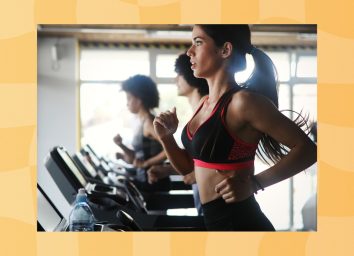Try This Stretch to Take Your Flexibility to the Next Level
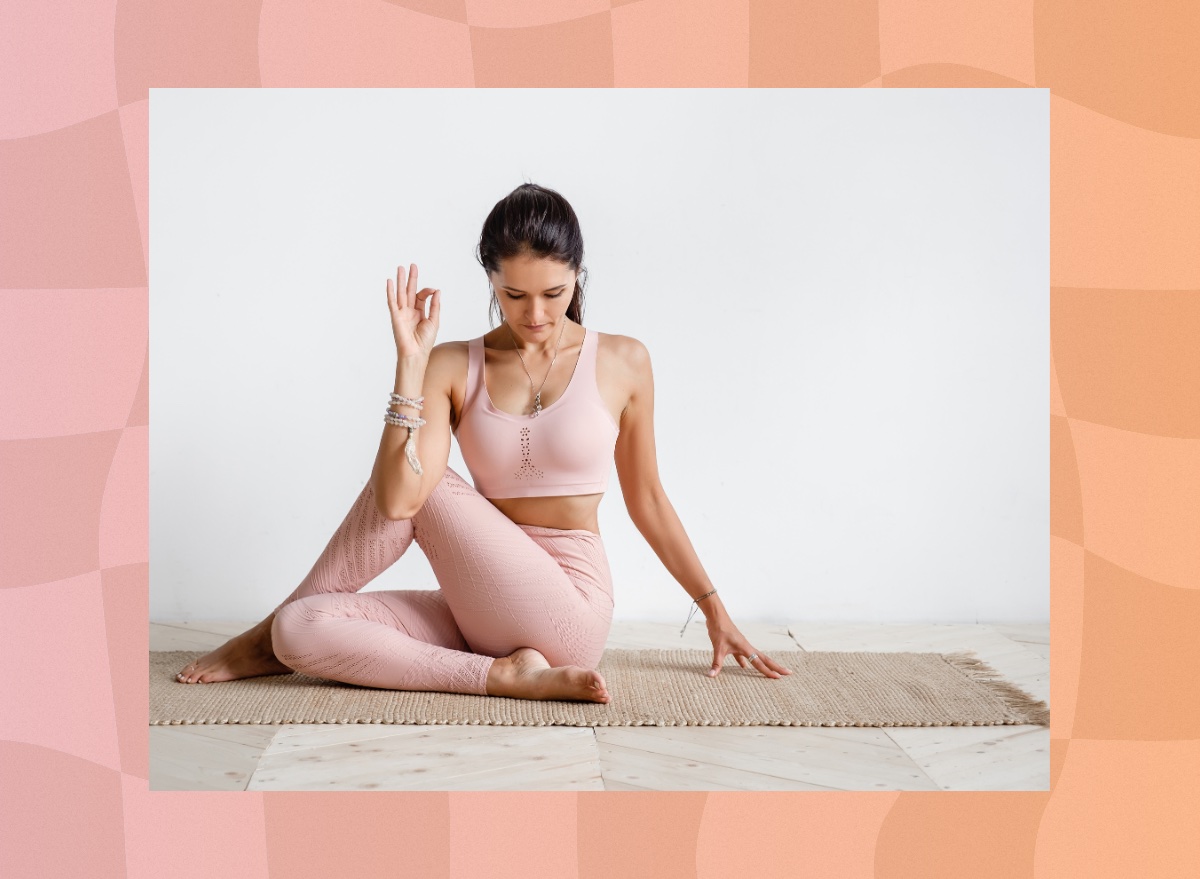
Flexibility training is an often overlooked but critical aspect of maintaining a healthy, well-functioning body. Research suggests that incorporating regular stretching into your routine can increase your range of motion, help prevent injuries, and alleviate muscle soreness. Stretching can also improve your posture and make performing daily activities easier. But not all stretches are equal when it comes to optimizing your health and well-being. That's why we found out the best stretch to improve your flexibility.
Certain stretches can be game-changers and take your flexibility to the next level. We consulted with an expert, Mike Masi, CPT, a certified personal trainer at Garage Gym Reviews, who shares their favorite stretch for boosting flexibility.
Flexibility is essential for people of all ages and fitness levels. This under-acknowledged component of physical fitness allows you to perform movements with greater ease and reduces the risk of strains and sprains. According to a 2022 study, enhanced flexibility can support optimal muscle function and joint health, ensuring your body can handle physical demands without issue. Whether you want to improve your athletic performance or move better throughout your day, stretching should be a non-negotiable part of your fitness routine.
Now, let's uncover Masi's top-recommended stretch to improve your flexibility, how to do it, and other tips for leveling up your mobility.
Both PNF (proprioceptive neuromuscular facilitation) and static stretching can effectively boost your routine.
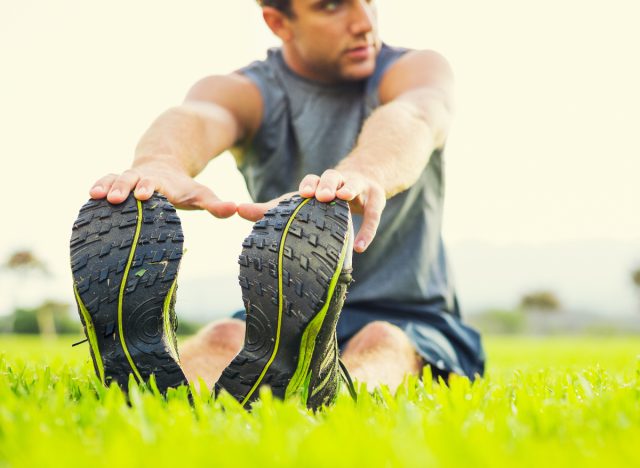
Static, dynamic, ballistic, active isolated—there's no shortage of options for stretching for better flexibility. However, the best type of stretching often depends on your needs and preferences. "Despite what may be popularized by influencers and therapists, there's no one clear winner in the literature," says Masi.
Masi explains that both PNF (proprioceptive neuromuscular facilitation) and static stretching are effective. "Take this literature review that compared PNF to static stretching. The conclusion is that they're both effective, and neither seemed to outshine the other when improving hip flexion range of motion," says Masi.
He adds, "My favorite is active isolated stretching (cyclic stretching). I like this because the active component uses the new range with each repetition, effectively taking what the body gives you."
Yoga is the best type of stretching to improve flexibility.
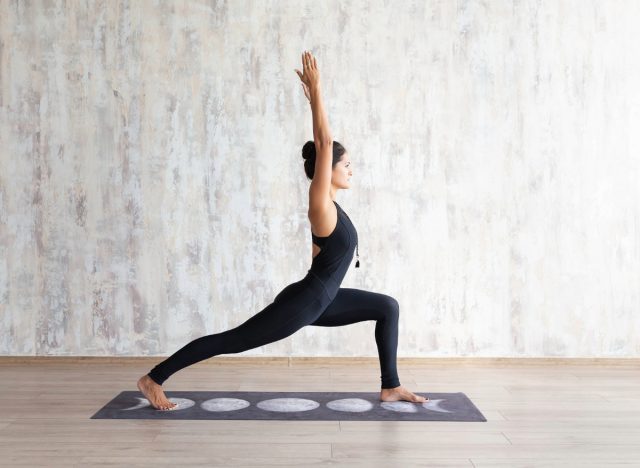
So, what's the number one stretch for taking your flexibility to the next level? According to Masi, it's the age-old practice of yoga.
"Yoga has been touted as a great exercise for improving flexibility, and for good reason," Masi says. He explains that a conventional yoga class combines end-range movements and static holds, emulating various stretching styles and coupling them with exercise.
"If you'd like to take it a step further, find one to three yoga positions during class that you felt were most effective, and flow through them multiple times while holding each position for at least five seconds. This will help create more of a repeat exposure to the exact stretching stimulus that your body needs," Masi advises.
How often should you stretch?

Like anything fitness or health-related, consistency is essential for stretching and maintaining flexibility. "Stretching needs to be done frequently for the best improvements," Masi advises.
He notes that protocols exist for specific body regions, such as stretching the hamstrings five days a week for six weeks, then three times a week to maintain initial range of motion (ROM) improvements.
"Research suggests stretching plus exercise is more effective than just stretching. I recommend stretching before and after exercise, at the very least," says Masi.
Common mistakes people make when stretching:
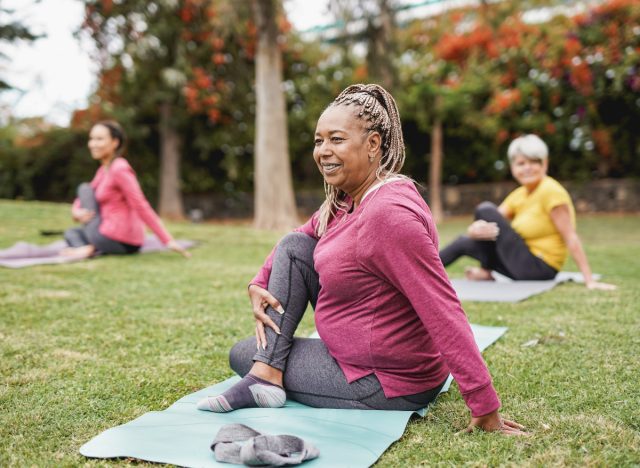
Avoiding common stretching pitfalls can help you get the most out of your stretching and prevent injury.
"Most mistakes occur during PNF-type stretching," Masi shares. These mistakes include using too much force during contractions, potentially causing cramps or mild strains.
Masi also warns about partner-assisted stretches where excessive force can result in strains. He says, "Other common stretching mistakes include bouncing at the end ranges of static stretches and ignoring signals of pain or discomfort."


